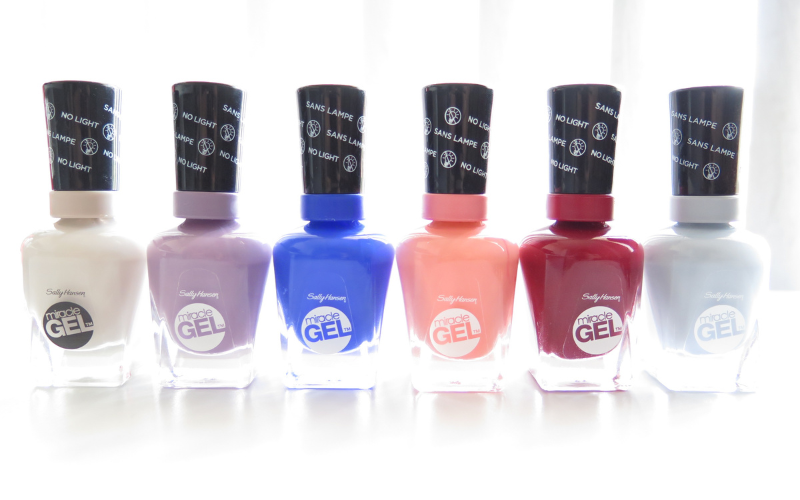Certainly! Using Sally Hansen Miracle Gel without Step 2, the topcoat, is a feasible option for those seeking to simplify their nail care routine or experiment with alternatives. However, it’s important to note that while applying only Step 1, the color coat, is possible, it might compromise the overall durability and glossy finish of the manicure. Step 2 plays a crucial role in sealing in the color, enhancing shine, and providing a protective layer that prolongs the wear of the polish. Users opting to skip Step 2 may find that their manicure lacks the extended longevity and high gloss associated with the complete two-step system. Nevertheless, some individuals prefer this approach and compensate by applying multiple coats of Step 1 or exploring alternative topcoat options to achieve satisfactory results.
Introduction
Sally Hansen Miracle Gel has garnered attention in the realm of at-home nail care due to its promise of long-lasting, salon-quality results. A crucial aspect of this system involves using Step 2, the topcoat, to seal in color and provide durability. However, there’s a common query among users: “Can You Use Sally Hansen Miracle Gel Without Step 2?” This article delves into the intricacies of this renowned gel nail polish system and explores the implications of skipping the second step.
Understanding the Sally Hansen Miracle Gel System
Sally Hansen Miracle Gel is a two-step gel manicure system consisting of a color coat (Step 1) and a topcoat (Step 2). The innovative formula claims to deliver chip-resistant, high-shine nails without requiring a UV/LED lamp. Step 1 provides vibrant color, while Step 2 locks in the color, delivers glossiness, and ensures extended wear for up to two weeks.
Can You Skip Step 2?
Some users wonder whether they can bypass the application of the Step 2 topcoat without compromising the durability and aesthetic appeal of their manicure. While it’s possible to apply only Step 1 for color, doing so might result in certain drawbacks:
- Durability: Skipping Step 2 could compromise the longevity of the manicure. The topcoat is designed to protect the color layer, enhance shine, and provide resistance against chipping, thereby prolonging the wear time of the polish.
- Glossiness: Step 2 imparts a glossy finish that elevates the overall look of the nails. Without this final layer, the nails may lack the desired shine and luster associated with a gel manicure.
- Protection: The topcoat acts as a shield, safeguarding the color layer against daily wear and tear, including exposure to water, detergents, and other external elements. Skipping this step might make the color more susceptible to fading and damage.
Tips for Using Sally Hansen Miracle Gel Without Step 2
While it’s recommended to follow the complete two-step process for optimal results, some individuals still prefer to use only the color coat or experiment with alternatives. If you choose to use only Step 1, here are some tips to enhance the longevity and appearance of your manicure:
- Apply Multiple Coats: To compensate for the absence of Step 2, consider applying additional layers of the color coat. Building up the color can provide a thicker protective barrier and potentially extend the wear time.
- Use Alternative Topcoats: If you opt not to use the Miracle Gel Step 2 topcoat, consider using a high-quality alternative gel or regular topcoat. Experimenting with various topcoat options may help achieve better results in terms of durability and shine.
- Proper Application Technique: Ensure proper application of Step 1 by applying thin, even coats and allowing ample drying time between layers. This technique can contribute to better adhesion and longevity.
Conclusion
While Sally Hansen Miracle Gel is formulated as a two-step system for optimal results, users have the flexibility to experiment with different application methods. Skipping Step 2 might impact the durability and glossiness of the manicure, but with proper techniques and alternatives, it’s possible to achieve satisfactory results using only Step 1. Ultimately, individual preferences and experiences may vary, so exploring different application approaches can help users find what works best for their needs.





